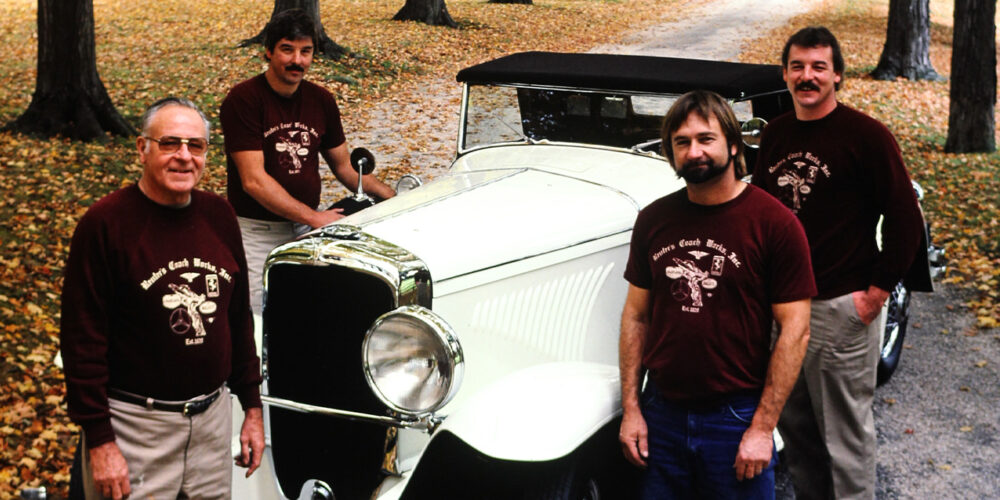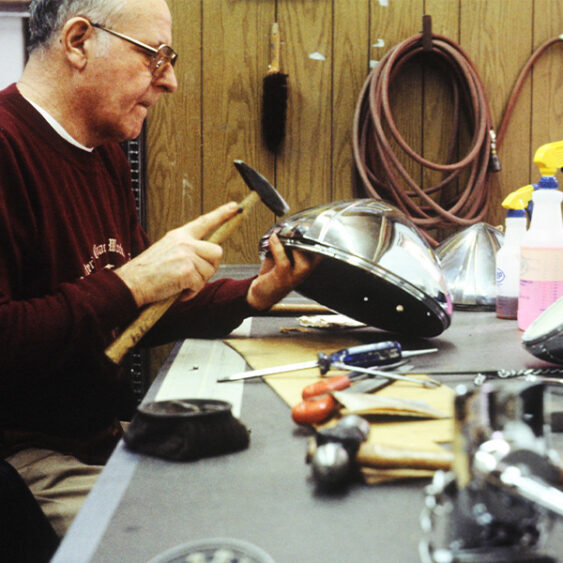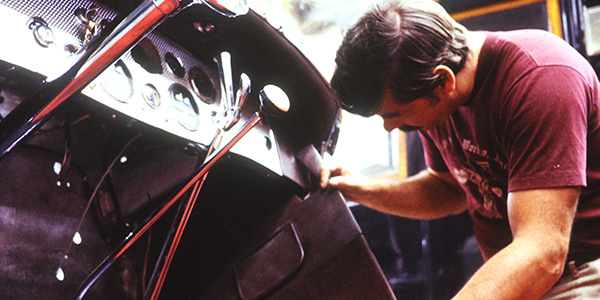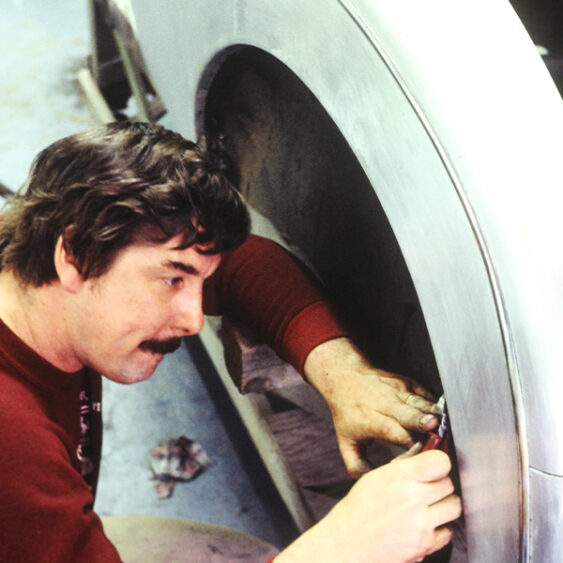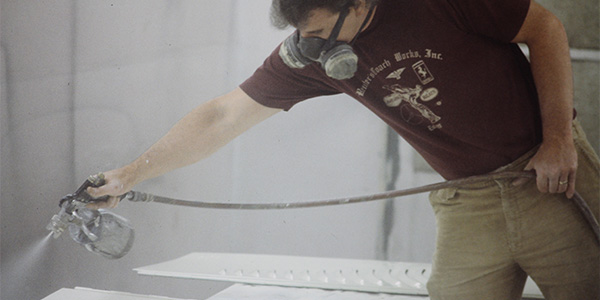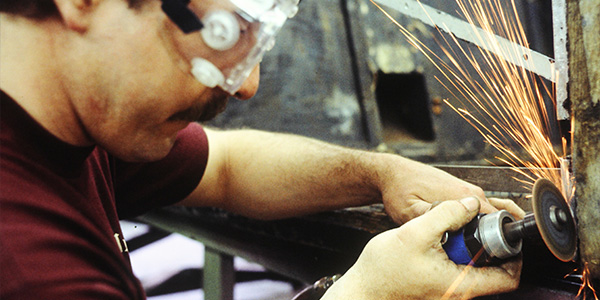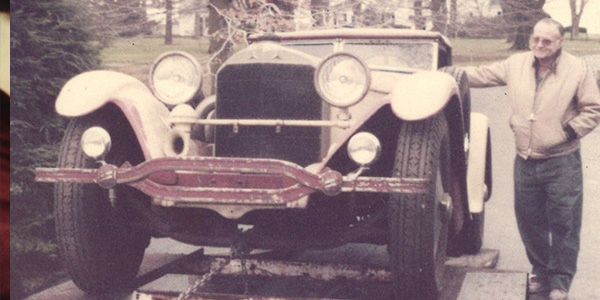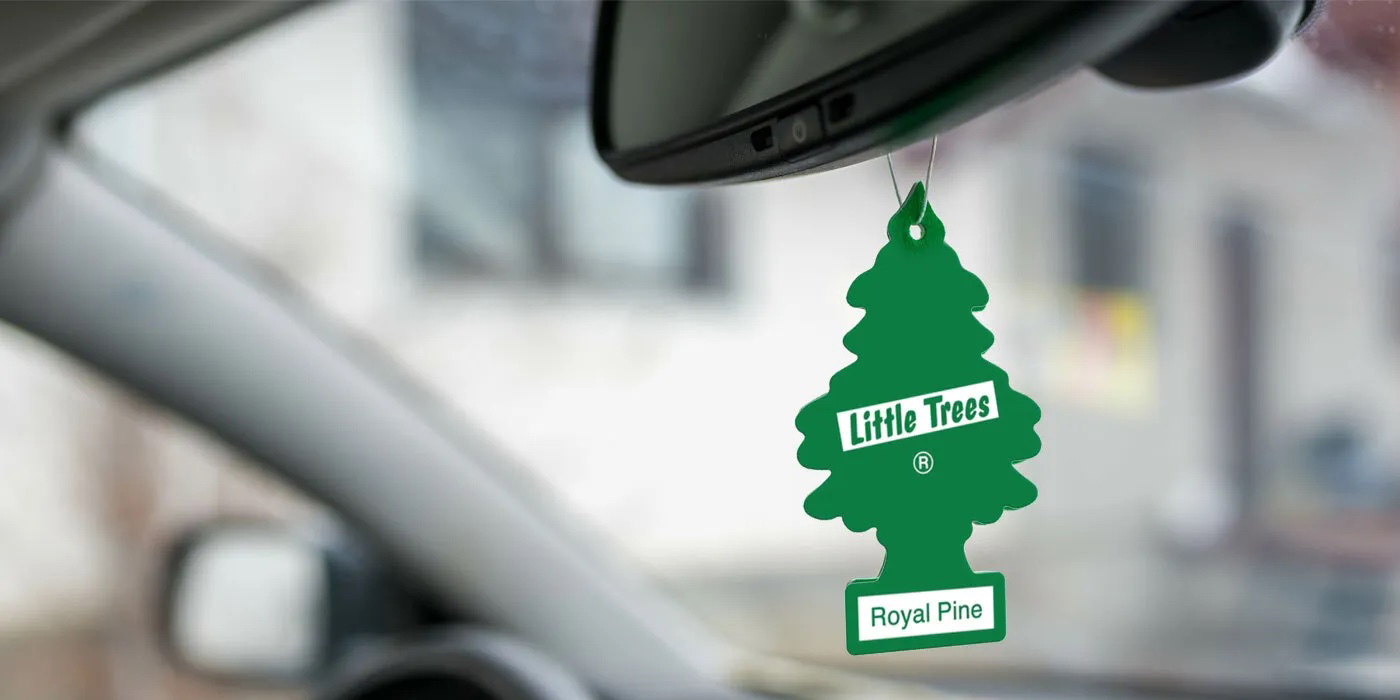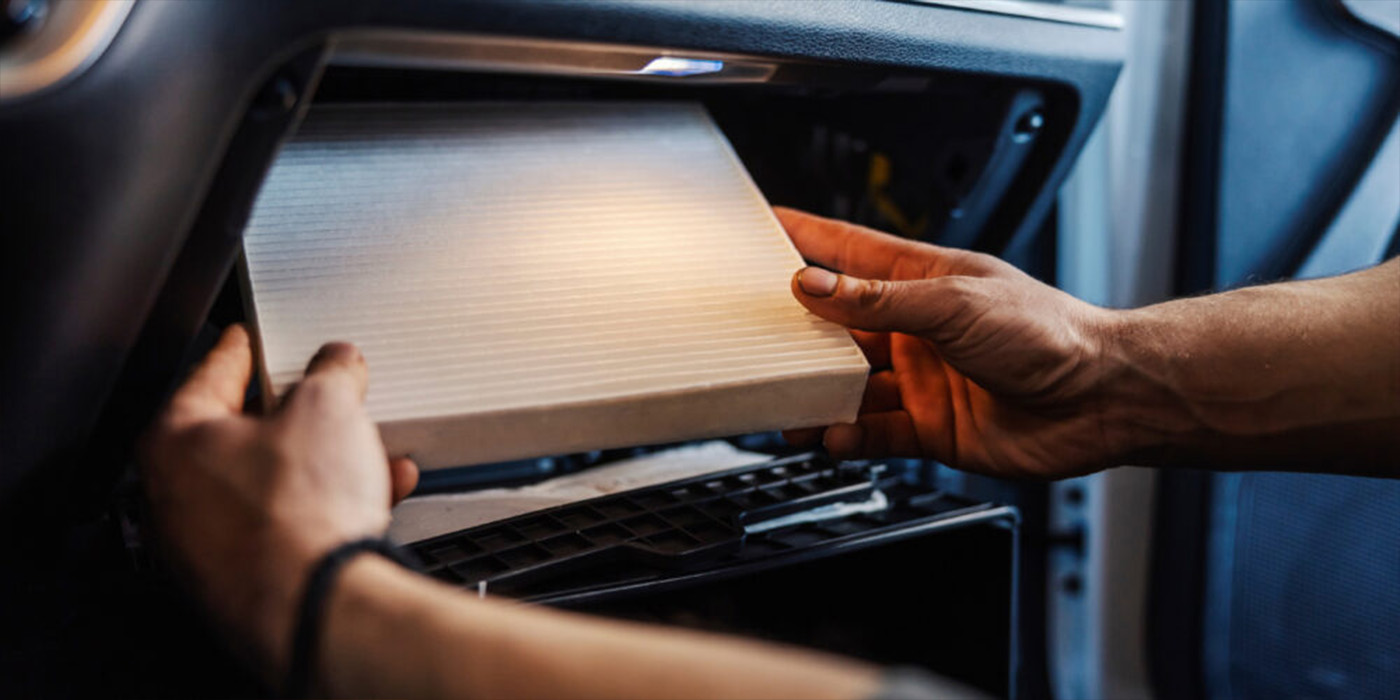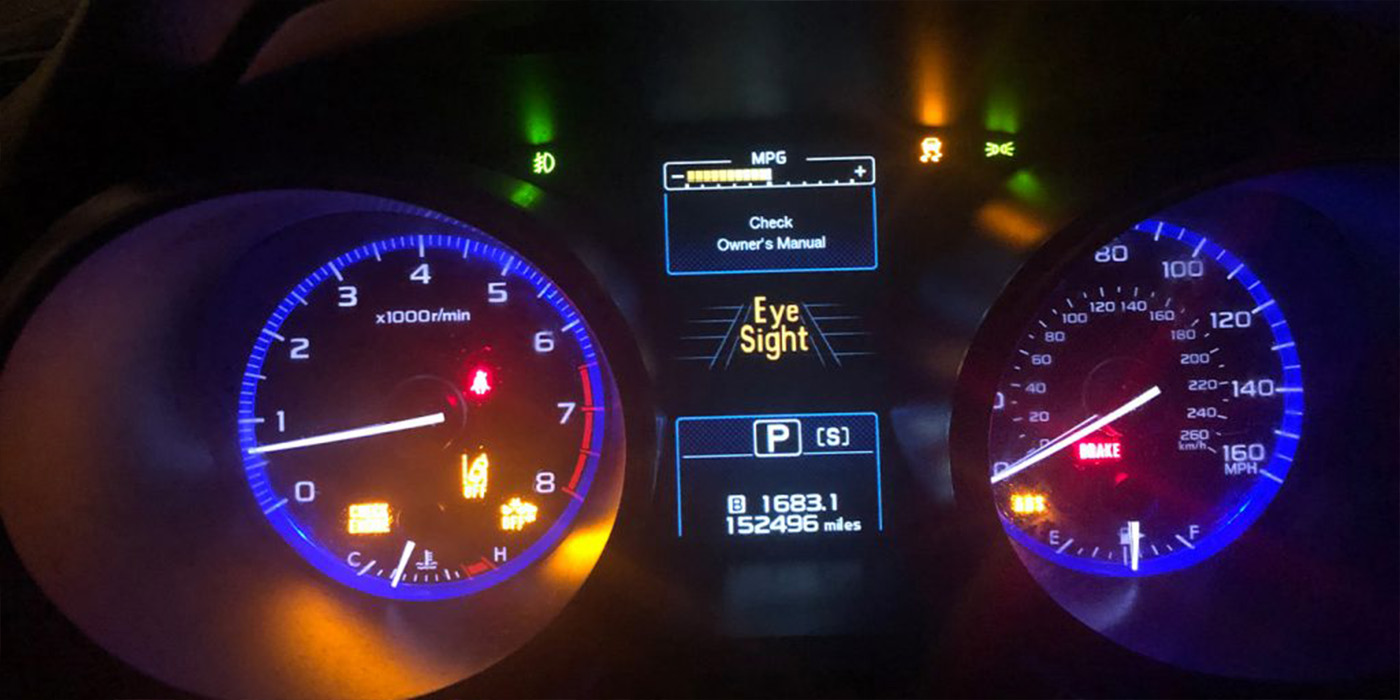Gus Reuter, Richard Reuter, Robert Reuter & Jim Kovaks discussing next steps on restoration of 1929 Duesenberg Murphy bodied Model J Convertible Coupe (J179) owned by Ethan Allen. This was the third time this Duesenberg had been renewed by Reuter’s since 1948
Reuter’s Coach Works was the source of some of the world’s most respected, most prized, most honored restorations of antique and classic cars. Restoring antique automobiles to gleaming perfection might seem like a lost art to most people but not to Gus Reuter, former proprietor of Reuter’s Coach Works in Ridgefield, CT.
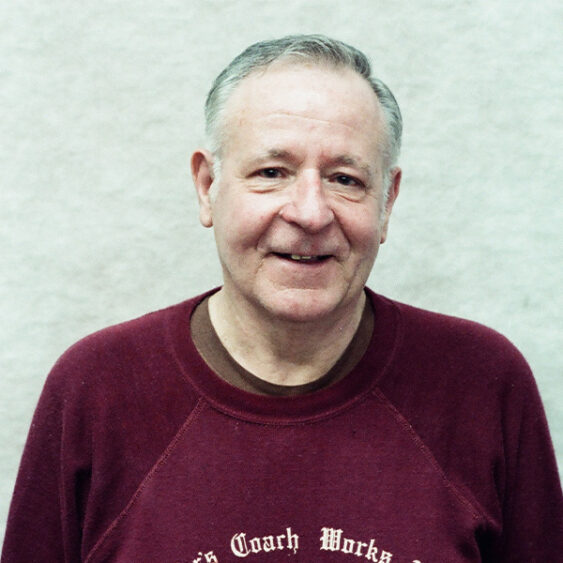
For more than 60 years, the Reuters were a dominant force in the field of antique automobile restoration.
Gus, Jr. got into the restoration business from his father. Gus Reuter (Sr.) who emigrated from Germany in 1906 and was known as the ‘Dean of Trimmers’. He worked for Brewster and Company Carriage Works, Haze and Miller, and Gotham Auto Body before branching out on his own and starting Reuter’s Coach Works in the Bronx, NY in 1929. The fact that the business survived the depression is noteworthy itself and then thrived afterwards with some very wealthy clients who revered Reuter’s work.
Gus ‘officially’ joined his father in automobile restoration in 1941 after graduating from Evander Childs High School in the Bronx. During WWII, Gus completed the course prescribed by the 61st College Training Detachment of the Army Air Forces at the University of Vermont and Corporal Gus Reuter received a diploma in airplane mechanics from the Army Air Forces Technical Training Command in 1944.
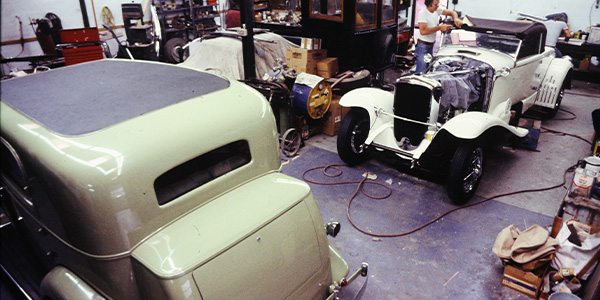
Gus, Richard and Robert Reuter ran what many qualified to hold the opinion believe to be the best automobile body-restoration shop in the United States. In the world of six-figure classic and collectible cars, the name Reuter on a restoration was like Sterling on silver. Over the years, Reuters’s Coach Works rejuvenated scores of great automotive dream machines, such as Duesenberg, Bugatti, Mercedes-Benz, Rolls-Royce, Marmon, Packard, and Jaguar.
The Reuters may not have been widely known as a family of artists, but some of their work is displayed in the finest museums and private collections in the United States. Their work, however, is not hung on walls. It is stored in specially built garages or parked among the hundreds of antique automobiles in car museums around the country including the Henry Ford Museum, the Harrah Collection, Seal Cove Museum and Owls Head Transportation Museum.
“James Melton was one of our first famous customers who wanted a vintage car restored,” said Gus. Melton was nationally known as ‘America’s Favorite Tenor,’ as was his automobile collection at the Melton Museum (Norwalk, CT) and later the James Melton Autorama (Hypoluxo, FL). Melton spread the word about Gus and soon other classic car owners began bringing their cars to Reuter’s Coachworks. Thus began the Reuter’s reputation as America’s finest restoration garage, a reputation that grew with the popularity of buying and restoring classic cars as an investment or for the love of it.
The list of Reuter restorations reads like a Who’s Who of the rich and famous. The firm revitalized Greta Garbo’s Duesenberg and worked on the 1935 short-wheel-base Duesenberg SSJ once owned by Gary Cooper for former Westport resident and sportsman Briggs Cunningham. They also restored a 1939 Packard Twelve once owned by President Franklin Delano Roosevelt. One of their most unique restorations was one of the six miniature carriages which P.T. Barnum had made for his showcase attraction, General Tom Thumb. “As long as it needed paint and upholstery, we could take care of it,” said Robert Reuter.
Other famous Reuter clients were actress Joan Fontaine, along with Thomas and Arthur Watson (IBM). Repeat business came from customers that included Alec Ulmann, David Tunick, Dr. Sam Scher, R.L. Atwell, Peter Williamson, Ed Jurist (Vintage Car Store in Nyack, NY), Henry Austin Clark (Long Island Automotive Museum), famed automotive writer Ken Purdy, and private owners up and down the Eastern seaboard.
Masterful work is one thing that everybody agreed Gus Reuter and his sons produced. Gus was a Stradivarius who could produce varnish or certain lacquers that nobody else could and was able to match the shade of a rose petal or find a customer the perfect paint color in the depths of a freshly brewed pot of coffee. “These vintage automobiles are pieces of art,” Richard said. “Once a car hits $100,000, it is a work of art. Anyone who says otherwise is selling something”.
“Automotive restoration is a shrinking art form. Most people must be taught this business and I was one tough teacher Gus said proudly. “We were beauticians and blacksmiths who worked with a heavy hand.” Mr. Reuter said that he did not have anything to do with modern automobiles and that the oldest car he restored was the 1894 Fission for New York real estate planner Robert W. Dowling (the car was built for Johann Straus).
Another of Reuter’s famous restorations was the 1928 Mercedes Type 680S Torpedo Sport by Saoutchik. The Bedford family owned the car since it was new out of the showroom. Mrs. Bedford brought it to Reuter after keeping it registered for each of the thirty-one years since her husband’s death, and she wanted it restored, she said, for “one last ride.” The Type S received a national first place award at the 1982 Special New England AACA meet in Danbury, CT.
Gus Reuter stories always began with “Now, you cannot print this,” because some of his former customers were rich and reclusive. One of the most incredible tales involved Nelson Rockefeller, who had Reuter’s Coach Works restore his 1960 Rolls-Royce P5 Phantom while he served as Vice President of the United States. Rockefeller used the CIA to seek out the exact color formula for the yellow of Princess Margaret’s limousine when Rolls-Royce refused to provide it.
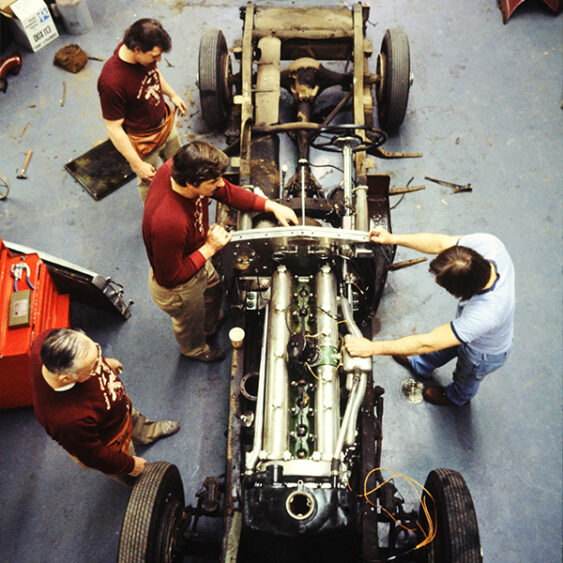
“We were not showmen,” said Robert. “We put the show into the car, not the shop.” The most complex piece of equipment was the old Pfaff sewing machine used to stitch seats, carpeting, and convertible tops. “You needed to be handy around the shop,” said Gus. “And you had to be a combination woodworker, metalworker, glazier and painter. Every job would lead to something else”.
One of the reasons for Reuter’s success was the variety and extent of their experience. Car collecting used to be a minor hobby, but the hobby became a big-bucks business in the late 1960s when everybody got into car collecting. The demand was enormous and while several restoration shops began popping up, the word ‘restoration’ was open to interpretation. What one restorer would call magnificent; another would say was horrendous. Collectors would take a restoration to a national meet for judging and some details just would not be right because the restorer did not have the expertise of Gus Reuter.
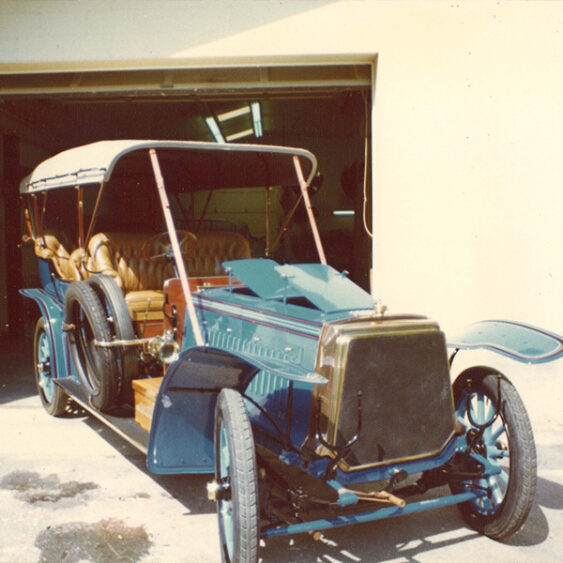
In the get-rich-quick world where speculators rush to buy the latest barn finds, DeLoreans are reintroduced to a whole new generation, and Lexus coupes become instant collectibles, Gus Reuter and his sons remained true to the old classics. “It was a fun business,” agreed Robert.
Sadly, Gus passed away in 1986 and his two sons (Richard & Robert) continued to run the business but unfortunately Reuter’s Coach Works was a victim of the recession of the early 1990s.

